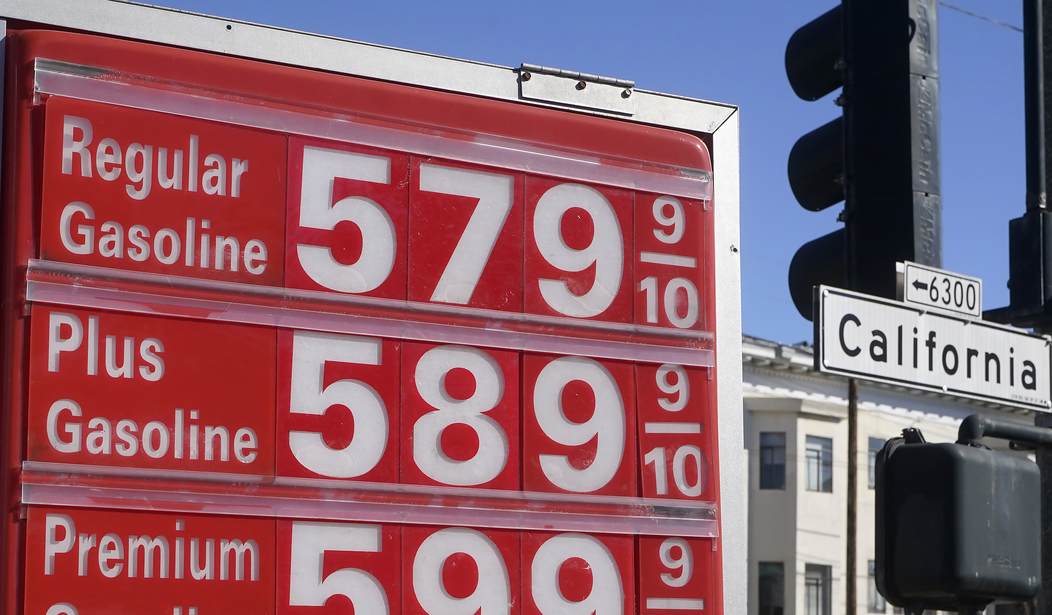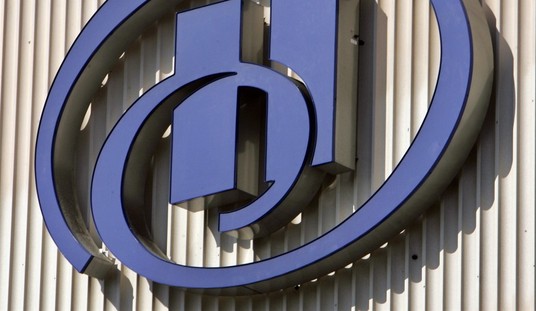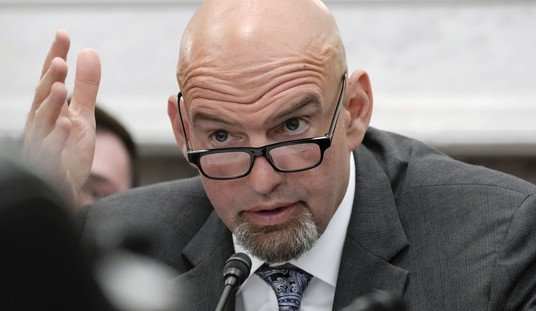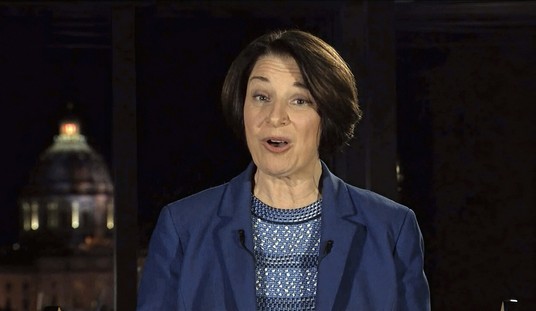California could be a much nicer place to live if some of the progressives who run the place would stop trying their best to make everything more expensive. California has had blackouts and despite this came close to shutting down its last nuclear reactor. In 2022, Gov. Newsom finally had second thoughts on that after the Biden administration offered a boatload of money to reverse course and keep the last reactor running.
But despite moments of lucidity, the state and the governor seem determined to set the state's next energy crisis in motion. Last year the state passed a bill called SBX1-2 which was brandished by Gov. Newsom as the country's first "gas price gouging law."
Working with Senator Nancy Skinner and the Legislature to pass SBx1-2, this new law creates the Division of Petroleum Market Oversight, a dedicated state independent watchdog to root out price gouging by oil companies and authorizes the California Energy Commission (CEC) to create a penalty to hold the industry accountable. The new division will closely monitor the industry on a daily basis to identify unethical or illegal behavior, and will refer any violation of law – including industry misconduct or market manipulation – to the Attorney General for prosecution.
Threatening to fine or prosecute companies for making money is considered a great idea in Sacramento but there's every reason to think this is going to backfire on the state sooner or later. The law passed but the regulators haven't put it into effect yet. That decision will come sometime before the end of this year. Meanwhile, California's gas prices are already the highest in the country and there's a real chance this scheme will make that problem worse.
Most Americans are hoping gasoline prices don’t go over $4 this summer. But California gas stations have already zoomed well past that level, and are now over $5 per gallon. To give drivers some relief, the state may try something never attempted before—capping the profits of the companies that make the fuel. Chevron and some other top gasoline producers in the state are fighting it aggressively, saying the move will backfire and potentially cause prices to rise even more...
The state’s gasoline price premium is nothing new, but it appears to be getting even worse. California drivers have paid more for gasoline than Americans elsewhere for decades because of geographic, political and environmental reasons. But the gap has widened recently. Today, California drivers pay on average $5.14 per gallon, versus the national price of $3.61—a difference of $1.53 per gallon. A year ago, the gap was $1.25, even though the price of gasoline nationally was about the same as it is today. A decade ago, it was about 35 cents.
Neighboring states, Nevada and Arizona, get a majority of their gas from California. Last week the governor of Nevada sent Gov. Newsom a letter expressing concern about the new profit cap plan.
Nevada Gov. Joe Lombardo, a Republican, sent a letter Tuesday to California Gov. Gavin Newsom warning him against imposing a cap on oil refineries’ profits that he said could affect his own state’s fuel prices.
“While we have no details on what this might look like, I’m concerned that this approach could lead to refineries either constraining supplies of fuels to avoid a profit penalty or even leaving our shared fuels market entirely,” Lombardo wrote, pointing out that 88 percent of his state’s fuels are delivered from California via pipeline or truck. “Either scenario would likely lead to limited supplies and higher fuel costs for consumers in both of our states.”
Newsom blasted Gov. Lombardo for what he called "a stunt to appease Governor Lombardo’s Big Oil donors." Newsom is right about one thing, oil companies do oppose the new scheme and at least one, Chevron, has said this is going to backfire. Chevron's sent a letter to the California Energy Commission warning them this was a bad idea. Here's a section of their argument titled How did we get here?
The answer, in a nutshell, is decades of state policies designed to restrict, rather than encourage, the production of affordable gasoline. California, with its large, active population and the fifth largest economy in the world3, should be a booming market for transportation fuels. But the refining sector is shrinking dramatically without scalable alternatives. Before a wave of shutdowns at the turn of the century, California had dozens more refineries than it has today. Furthermore, no new refineries have opened since the 1960s. In fact, according to CEC data, more than 60 percent of the refineries opened in California during the last 100 years are now closed or idle. If 60 percent of quick-service restaurants closed with a steady demand, an increase in the price of a quick hamburger would be expected...
The key to understanding what is happening with gasoline prices is understanding why so many refineries have exited the market. There’s no mystery. Instead of fostering innovation, state policies have actively sought to put refineries out of business. For decades, California has required refineries to make an especially expensive gasoline blend while restricting supply from in-state wells that refiners rely on for affordable crude oil—squeezing refiners at both ends. More recently, the state promulgated a rule that is set to phase out sales of new gasoline cars by 2035 in an attempt to limit gasoline demand. Add to these a host of other state and local regulations and taxes, and it is no surprise that there is less incentive to invest in California. As we have mentioned before, California’s policies have made it a difficult place to invest so we have rejected capital projects in the state. Capital flight reflects the state’s inadequate returns and adversarial business climate...
the state can choose to continue implementing policies that restrict refineries’ ability to operate in California. That is what the maximum margin and penalty are—policies that make it harder to refine gasoline in California. If you regulate something, you typically get less of it. And that is where this path gets us: less gasoline, at higher prices for Californians.
These kinds of price controls have been tried many times, always with the same results.
So California is being warned that this won't work but it seems the governor is determined to push forward with this plan. That's on top of other regulations which are already likely to raise the price above where it is today.
One expert says the program, known as the Low Carbon Fuel Standard, could boost prices at the pump by 9 cents per gallon next year if air quality regulators approve updates to help the state meet its climate goals.
The state initially reported that the changes could hike gas prices even further, projecting a 47 cent-per-gallon cost to drivers in 2025. The agency has since said that estimate is an unlikely scenario.
So there are other regulations already pushing the cost up another 9 cents or possibly much higher than that even without the new refinery profit cap in place. California is setting the stage for a real disaster, one that could put more refineries out of business and keep the state's gasoline prices the highest in the contiguous US for some time to come.








Join the conversation as a VIP Member